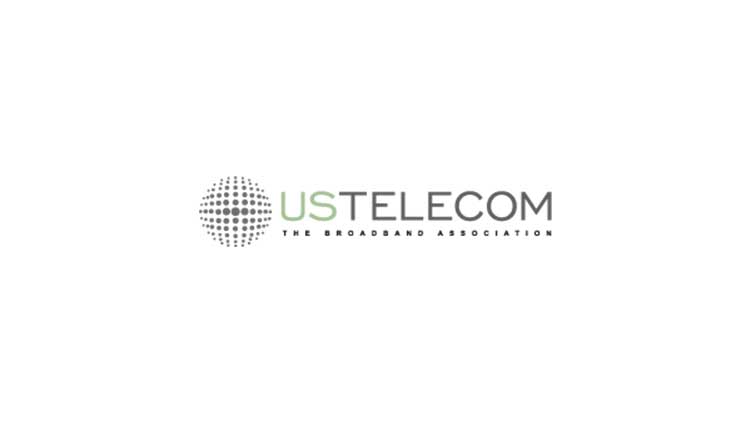USTelecom: Test Shows Broadband Mapping Solution Works

USTelecom has completed its pilot broadband mapping project, says it has been proven to deliver on fast, cost-effective*, and accurate data-collection program.
Now, it said, it is time for the government--the FCC, Congress--to get with the program.
USTelecom developed a geolocation database combined with provider info.
Related: Comcast Pushes Shapefile Mapping Approach
According to the results from tests in Missouri and Virginia, the FCC's current Form 477 data collection showed 38% of pilot participants that showed up as "served" were not, with some incorrect counts in almost half of rural census blocks.
The FCC has proposed using a cable-suggested "shapefile" approach to collecting better data, but has yet to decide whether it will also employ the USTelecom mapping approach as well.
USTelecom president Jonathan Spalter signaled the test should have provided the evidence the government needs to adopt its proposal.
The smarter way to stay on top of broadcasting and cable industry. Sign up below
“In just four months, our broadband mapping initiative has completely flipped the national mapping conversation and proven we can now do better than the inaccurate and outdated maps that have prevented homes and businesses in rural areas from getting reliable service," he said. "This new mapping solution is a game-changer for rural Americans. We are ready to hand it off to our government partners to ensure agencies, policymakers and providers are empowered with good data to connect more communities to the power and promise of broadband, while ensuring every single dollar of federal broadband support finally can now be accurately targeted and effectively deployed where it needs to go most urgently and quickly.”
The FCC has conceded its data-collection process needs improving, both to better serve rural areas and to insure broadband subsidy money is going to those who lack it.
The commission voted unanimously, with two partial dissents by the Democrats, on a Report & Order Thursday (Aug. 1) to create a new Digital Opportunity Data Collection regime based on geospatial broadband coverage maps provided by fixed Internet service providers--it does not apply to mobile broadband, at least not yet.
The Universal Service Administrative Company (USAC) will be charged with the new data collection, and will have to create a portal for collecting the carrier data and allow for crowdsourced challenges to the maps.
For the time being, the FCC will also continue to collect form 477 data based on census blocks, but at the same time will require fixed broadband suppliers to also provide coverage maps based on shapefiles (in this case the shape is a polygon), which NCTA-The Internet & Television Association had proposed.
NCTA had also suggested retaining the census block-based 477 reporting in the interim so the FCC could still do an apples-to-apples comparison of deployment trends "not associated with the shift in reporting methods."
*USTelecom says a national dataset of all broadband serviceable locations can be ready in 12-15 months for $8.5 million and $11 million in upfront costs, plus $3 million-$4 million in ongoing annual expenditures.
Contributing editor John Eggerton has been an editor and/or writer on media regulation, legislation and policy for over four decades, including covering the FCC, FTC, Congress, the major media trade associations, and the federal courts. In addition to Multichannel News and Broadcasting + Cable, his work has appeared in Radio World, TV Technology, TV Fax, This Week in Consumer Electronics, Variety and the Encyclopedia Britannica.

